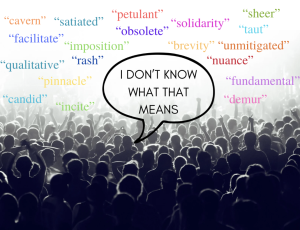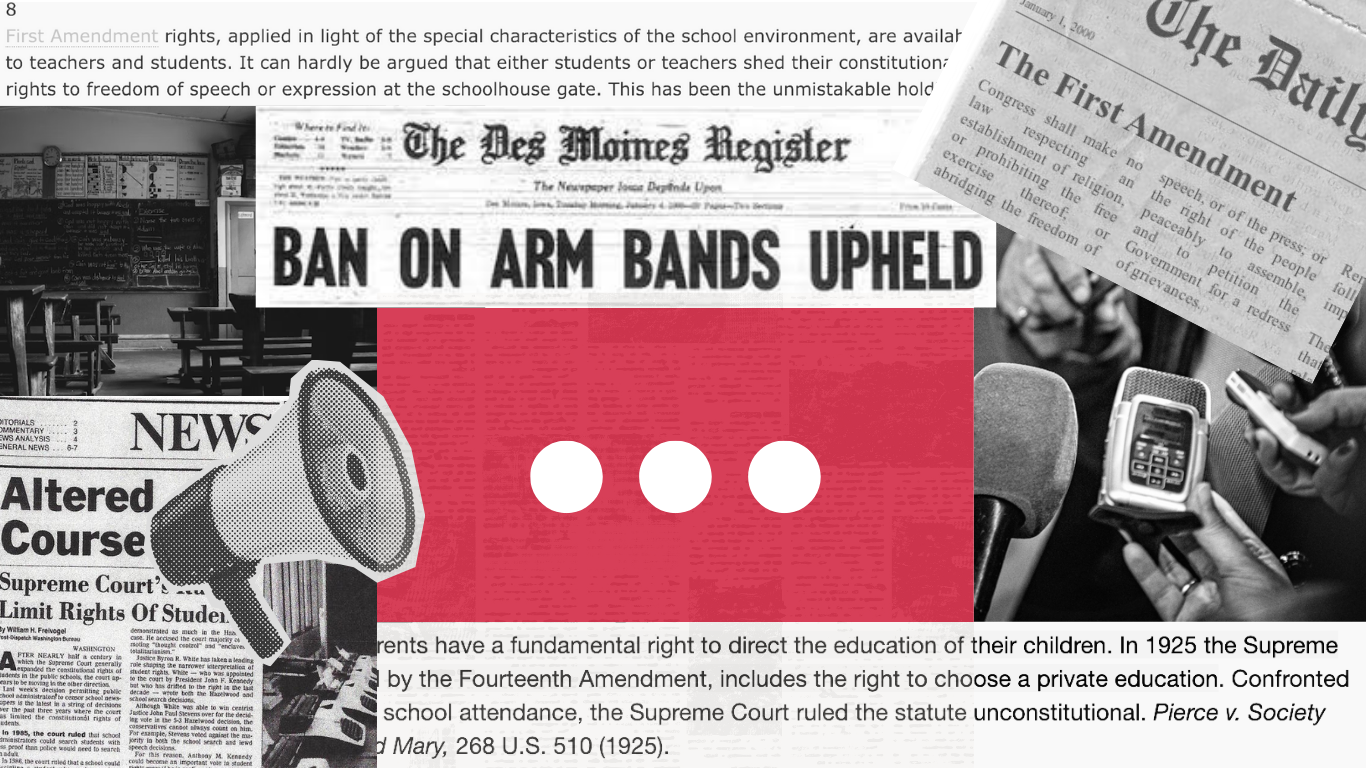Staff Ed: BSM’s students and faculty should strive to be more eco-friendly
April 2, 2016
At this year’s Oscars, we watched in excitement as Leonardo DiCaprio finally earned best leading actor. Instead of basking in his well-deserved glory, Leo brought to light an issue that plagues our world today: environmental corruption and climate change. As a whole, BSM does a lot to help the surrounding community, like composting, recycling, and installing high-efficiency lights. However, the school could do more, and we as students must be more aware and conscious of our eco-choices as well.
When we don’t know whether to recycle or toss an item in the trash, we just throw it away. This is the easy solution, but it’s time to start taking more time at the waste baskets. We should avoiding creating waste in general by purchasing only the food we can eat. It’s also important that the school educate us on some of the more ambiguous waste items like styrofoam and the plastic containers that are marked as eco-friendly.
Outside of the lunchroom, we have at our convenience a number of trash cans. These waste baskets come in different sizes, colors, and shapes that are easily confused. In fact, if they weren’t labeled, we probably wouldn’t be able to tell which was which. For this reason, the school should make it a priority to make sure every basket is properly labeled, and, likewise, students need to pay closer attention to the labels: the red and blue bins are for recycling, while gray trash cans are reserved for trash. It’s also important to recognize that bottles and cans go in the blue bins with white lids, not the blue bins for paper inside of classrooms.
Being eco-friendly means more than discarding items into the correct bins. BSM could improve in the realm of energy conservation. We could do this through motion sensor lights in bathrooms and classrooms which would substantially decrease the energy we use every day. In another light (pun intended), teachers and students could opt to turn off the lights, power down their computers, and use the natural light of classroom windows to conduct activities that don’t require reading or writing.
Overall, it’s just important to recognize the work that goes into keeping our school eco-friendly. For example, every time you throw a crumpled ball of paper into the recycling bin from across the room, you are creating extra work for the volunteers that collect our recycling. They have to sort through and flatten each piece of crumpled paper, each make-shift basketball that scored you a “three-pointer.”
Before we can introduce more initiatives to our school, we have to master the ones currently in place. This means we have to take more time and make smart choices when it comes to being environmentally aware. After years of lectures, inspiring PSAs, and health classes, we clearly know how to “reduce, reuse, recycle,” but we’ve gotten lazy. Everything you do has an impact––every bottle, every piece of pizza, every single-sided assignment you print. These changes aren’t hard, they just take a little bit of thought. So, let’s start thinking about our responsibility as caretakers of a changing world.






































![Teacher Lore: Mr. Hillman [Podcast]](https://bsmknighterrant.org/wp-content/uploads/2025/03/teacherlorelogo-1200x685.png)











